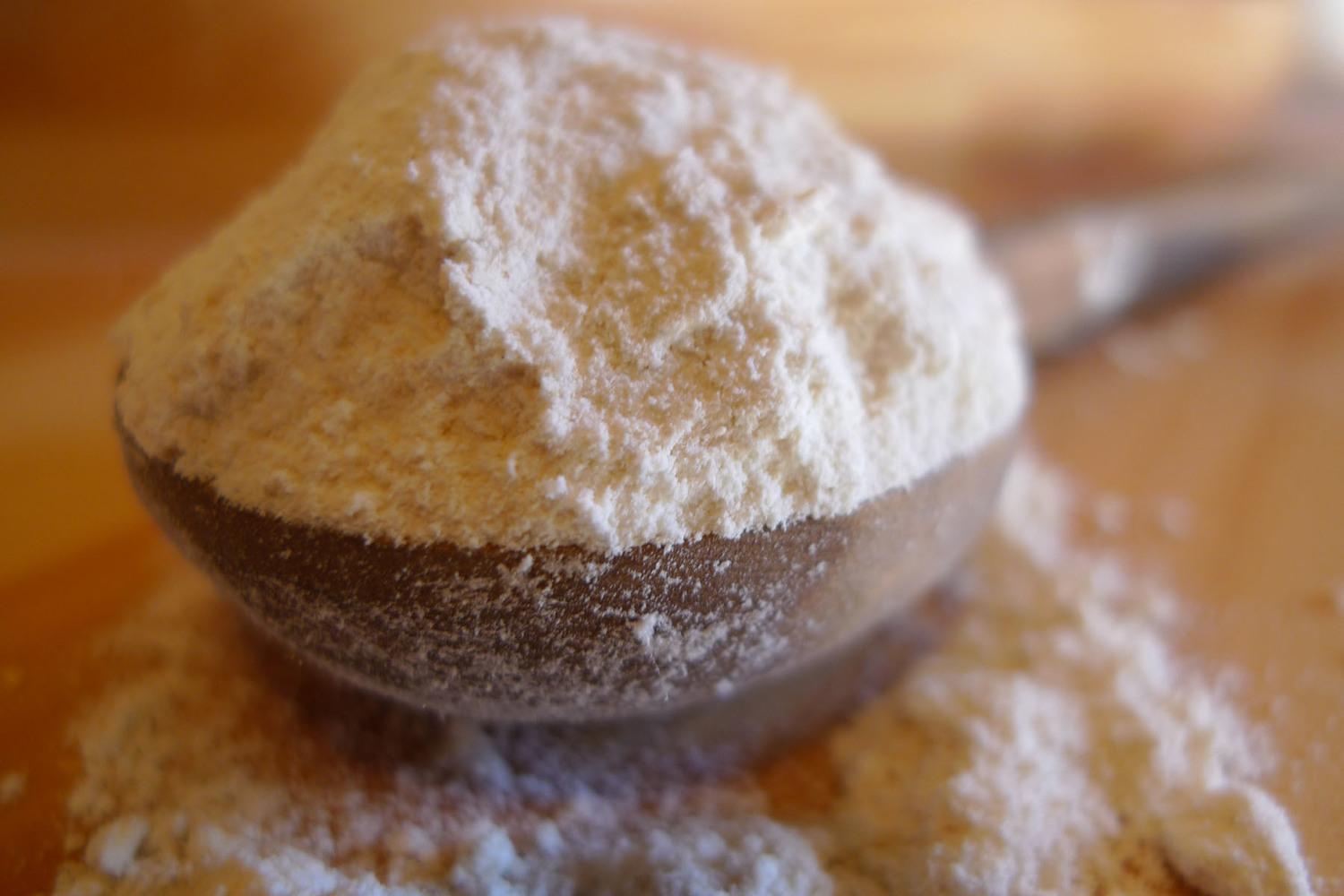What do legendary pizza maker Chris Bianco and pasta master Marc Vetri have in common? Sourcing heirloom durum wheat from Hayden Mills.
Hayden Mills, in Queen’s Creek, Arizona is reviving old landrace varieties of wheat. Among them is the outstanding Bluebeard Durum Wheat. Deep golden in color, it makes an incredibly aromatic, toothsome pasta. We have Bluebeard Durum in three grinds: whole berries (for grinding yourself), semolina, and durum flour. This is the variety to make extruded and dried pastas with. See it for yourself here.
Hayden Mills is also bringing about a revival of White Sonoran Wheat, a slow food that is historically important to the region. Native to the Sonoran desert, which spans Arizona, California, and on the Mexican side of the border Baja California, Sinaloa and Sonora. This is the original wheat used for flour tortillas thanks to it’s glutinous, elastic qualities. We have White Sonoran All-Purpose, which is ideal for tortillas and would probably make a killer biscuit, and the 00 pasta flour, which makes an excellent fresh pasta.
Hayden Mills also makes extruded pastas from their semolina. Their suggested ratio for extruded pasta: 6000 g semolina to 1400 g water
They grind all semolina and flours to order for us, and it is kept in cold storage in our warehouses.
Now Offering:
Blue Beard Wheat Berries, 50 lb. bag
Blue Beard Semolina, 25 lb. bag
Blue Beard Durum Flour, 25 lb. bag
White Sonoran AP Flour, 10 lb. bag
White Sonoran “00” Pasta Flour, 10 or 25 lb. bag
Pizza Flour, 25 lb. bag (a blend of White Sonoran, Red Fife & Blue Beard)
Tibetan Purple Barley Berries, 5 lb. bag
Tibetan Purple Barley Flour, 5 lb. bag
Did You Know?
There are three main species of wheat that we cook with: hard, soft, and durum. The big difference in the durum-variety wheats, for cooking purposes, is it’s relative plasticity, as opposed to elasticity. Elasticity is ideal for breadmaking, because you want a gluten structure that can be stretched by the air bubbles created during fermentation. Plasticity, on the other hand, has less spring-back: if you use force to change the shape, that shape will stick, and that’s exactly what we want for pasta-making purposes. You want your pasta shapes firm, rather than elastic.Durum wheat varieties are more plastic than they are elastic, making them great for pasta, and less great for bread- usually, if used in bread-making, they have to be cut with other flours to get the same rise.
